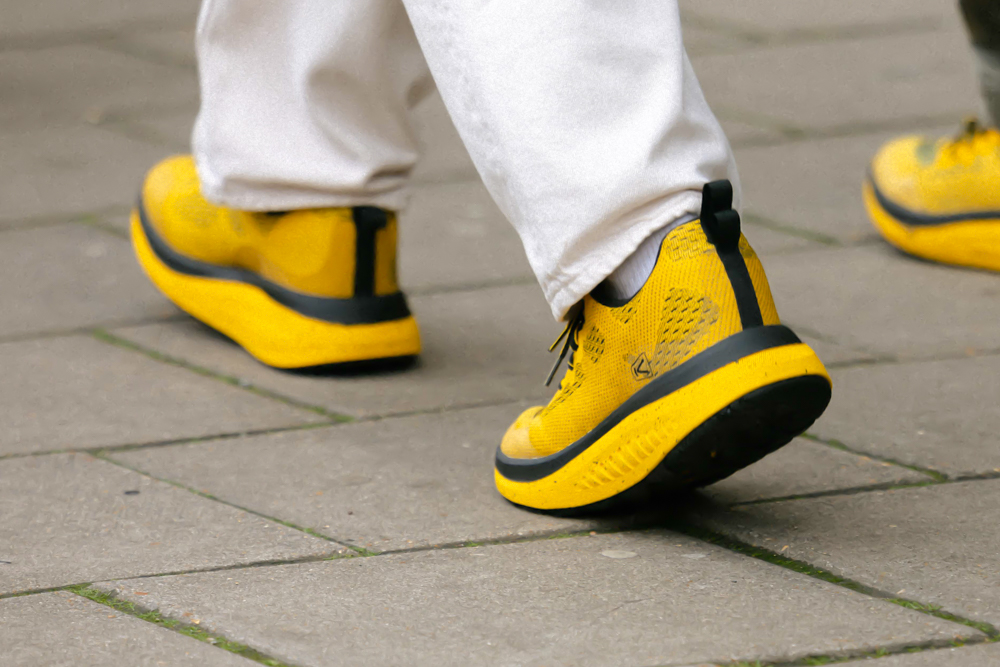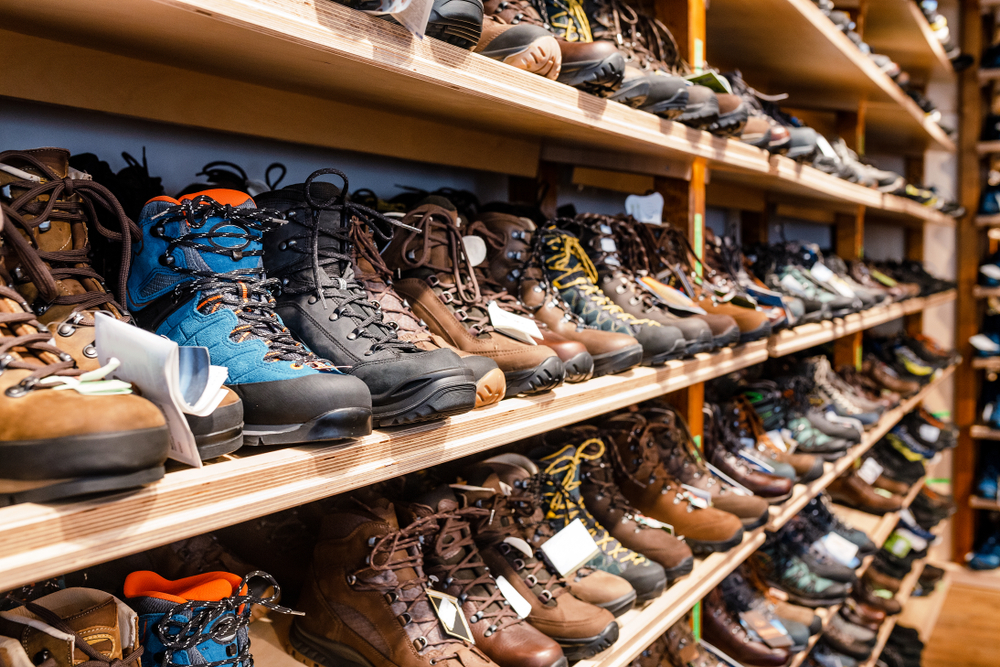Our guide on how to choose hiking boots will ensure you enjoy every step of the trail. Here’s how to pick the perfect pair
Footwear is a hiker’s most critical piece of gear. Inappropriate or poorly fitted boots or shoes can spoil a day on the trail and have you wincing with every step. But with a dizzying array of choices, from lightweight trail running shoes to double-layered plastic mountaineering boots and everything in between, knowing where to start can be bewildering.
how to choose hiking boots
To make the decision easier, we’ve put together a beginner’s guide on how to choose hiking boots.
Know your requirements
Before you consider the following points, first give some thought to when and where you’re going to be hiking and what the conditions and terrain will be like. If you’re only planning some dry weather day hikes then you can probably opt for some lightweight low-cut hiking shoes.
However, if you’re planning some multi-day treks, then you’ll likely encounter a wider range of trail and weather conditions and will want to consider some stronger mid-cut shoes or boots.
With something more challenging like a high-altitude trek to Everest base camp or even an Aconcagua climb, you’re better off with a waterproof leather or even a double mountaineering boot. As a rule of thumb, the higher you go, the bigger and more durable your hiking boots should be.
Finally, if you’re planning to do a lot of urban walking or indoor hiking on a treadmill then I recommend the WK400 walking shoe from Keen, one of my favourite outdoor brands. The shoe is specifically designed for urban and treadmill walking. It features a curved sole and cushioned midsole that encourages forward momentum.

Ultimately, you are more likely to choose well if you research the expected trail conditions and terrain first.
Ankle support
You have a choice between low-, mid- and high-cut ankle support. The higher the support the more roll resistance you’ll have for your ankles, but it comes with a trade-off: less freedom of movement, heavier, more rigid material and potentially less comfortable.
Low-cut hiking shoes (sometimes called approach shoes) allow your ankles to move more freely, but are less rigid and offer less support. Low-cut shoes have more flexible midsoles, are lighter and are good…
Click Here to Read the Full Original Article at Atlas & Boots…
